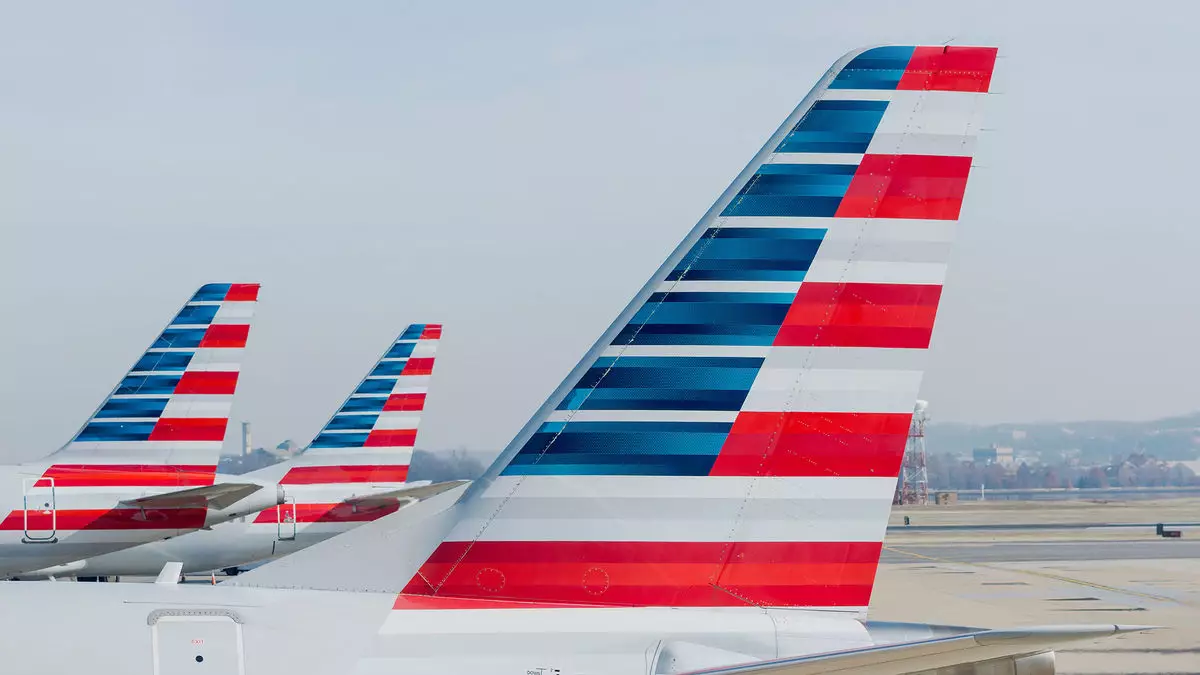American Airlines recently faced scrutiny regarding its distribution strategy and the steps taken to optimize it. The airline’s executives outlined their efforts to enhance efficiency during an earnings call, emphasizing the importance of maximizing revenue and profit. While the initiatives may have had drawbacks, such as a potential impact on business revenues, the company remains committed to long-term goals.
Corporate Demand Growth
In the first quarter, American Airlines experienced a growth rate in corporate demand that fell short of some competitors in the industry. Delta Air Lines and United Airlines, for example, reported higher corporate growth rates, highlighting potential areas for improvement for American Airlines. Despite this, the company is confident in its ability to serve the corporate market effectively, boasting lower distribution expenses compared to previous years.
American Airlines took a bold step by removing up to 40% of its fares from traditional EDIFACT channels and encouraging bookings through direct or New Distribution Capability channels. While this move may have posed risks to business revenues, the airline’s management highlighted a sequential improvement in managed corporate travel and domestic business revenue growth. This shift aligns with industry trends towards modern internet-based technology and digital customer service.
Future Prospects
Looking ahead, American Airlines aims to continue optimizing its distribution strategy for greater revenue and profit. By engaging directly with customers and leveraging digital technologies, the company seeks to enhance the overall customer experience and increase efficiency. The decision to delay the preferred travel agency program’s start date indicates a strategic approach to ensure a smooth transition to New Distribution Capability channels.
In terms of financial performance, American Airlines reported positive first-quarter results, with passenger revenue and total revenue showing year-over-year growth. However, the company experienced a significant net loss for the quarter, highlighting challenges in cost management. The average fuel price and projected fuel costs for the second quarter and full year will also impact the airline’s financial performance.
American Airlines’ efforts to optimize its distribution strategy reflect a commitment to long-term growth and profitability. Despite facing challenges in corporate demand growth and financial performance, the company remains focused on enhancing efficiency and engaging directly with customers. By embracing digital technologies and modernizing its approach to distribution, American Airlines aims to stay competitive in the ever-evolving airline industry landscape.


Leave a Reply